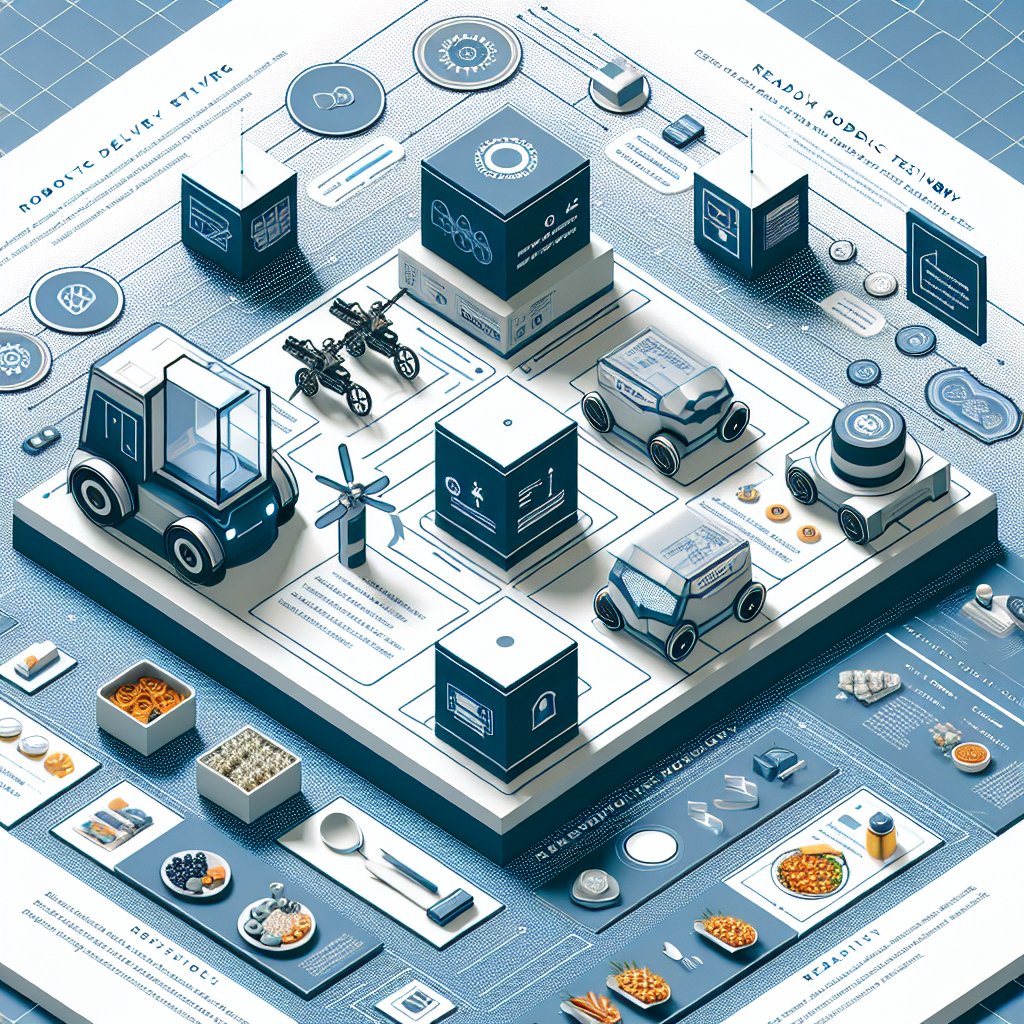The Data-Driven Approach
DoorDash isn’t just in the food delivery game; they’re diving headfirst into robotics. With a treasure trove of delivery data, they’re looking to optimize robotics like no other. They believe their vast data bank will help them run the most efficient robotic service out there. And let’s face it, in the tech world, control is king. DoorDash wants to be the master of its own destiny. By running their own robotics company, they can showcase their commitment to cutting-edge tech to investors and potential hires. It’s all about showing they mean business in the AI and robotics arena.
In today’s tech landscape, everyone wants a piece of the AI pie. DoorDash is no exception. By spearheading their own robotics division, they aim to demonstrate their tech-savvy chops. This move isn’t just about innovation; it’s about positioning themselves as leaders in the field. They’re not just following trends—they’re setting them. It’s a bold move, but in Silicon Valley, boldness often pays off.
The Evolution of Delivery Robots
Remember those Coco Robots roaming the streets of LA? They started as remote-controlled machines, with operators guiding them like a video game. But tech waits for no one. Today, these robots are inching closer to full autonomy. While human oversight is still part of the equation—operators ready to intervene if a robot gets stuck—the tech has come a long way. It’s not quite Waymo-level autonomy, but it’s getting there.
The journey from remote control to autonomy isn’t a sprint; it’s a marathon. Companies like Waymo have poured billions into perfecting their autonomous vehicles. DoorDash isn’t there yet, and the question remains: are they willing to invest at that level? The answer isn’t clear, but one thing is for sure—if they want to compete, they’ll need to dig deep into their pockets. The tech is advancing, and DoorDash needs to keep up if they want to lead the pack.
The Financial Commitment
So, what does it take to build a fleet of autonomous delivery robots? Money—lots of it. Waymo has already spent billions refining their tech, and DoorDash will need to make similar investments if they want their robots to roam freely. The company remains tight-lipped about their financial commitment to this endeavor, which raises eyebrows. Are they ready to go all in? Or will they play it safe and watch from the sidelines?
Investing in robotics isn’t just about the tech; it’s about the future. DoorDash has a choice: lead the charge or fall behind. The financial stakes are high, but the potential rewards are even higher. It’s a game of risk and reward, and DoorDash needs to decide if they’re ready to ante up. They have the data and the ambition, but do they have the financial muscle to back it up?
The Road Ahead
DoorDash is at a crossroads. The allure of robotics is strong, and the potential for innovation is vast. But with great power comes great responsibility—and a hefty price tag. The company must weigh the benefits of autonomy against the costs. It’s a delicate balance, but one that could redefine the delivery landscape.
Ultimately, DoorDash’s foray into robotics is a bold move that could pay off in spades. They’re not just delivering food; they’re delivering the future. As they navigate this uncharted territory, one thing is clear: the road to autonomy is paved with opportunity. Whether they seize it or not is up to them. But for now, the world is watching—and waiting.
Key Facts Worth Knowing
- •💡 DoorDash leverages data from millions of deliveries to optimize robotics.
- •💡 Coco Robots in LA started as remote-controlled devices.
- •💡 Waymo has invested billions in autonomous vehicle technology.
- •💡 DoorDash’s financial commitment to robotics remains undisclosed.
- •💡 Autonomous delivery robots could redefine the delivery industry.



